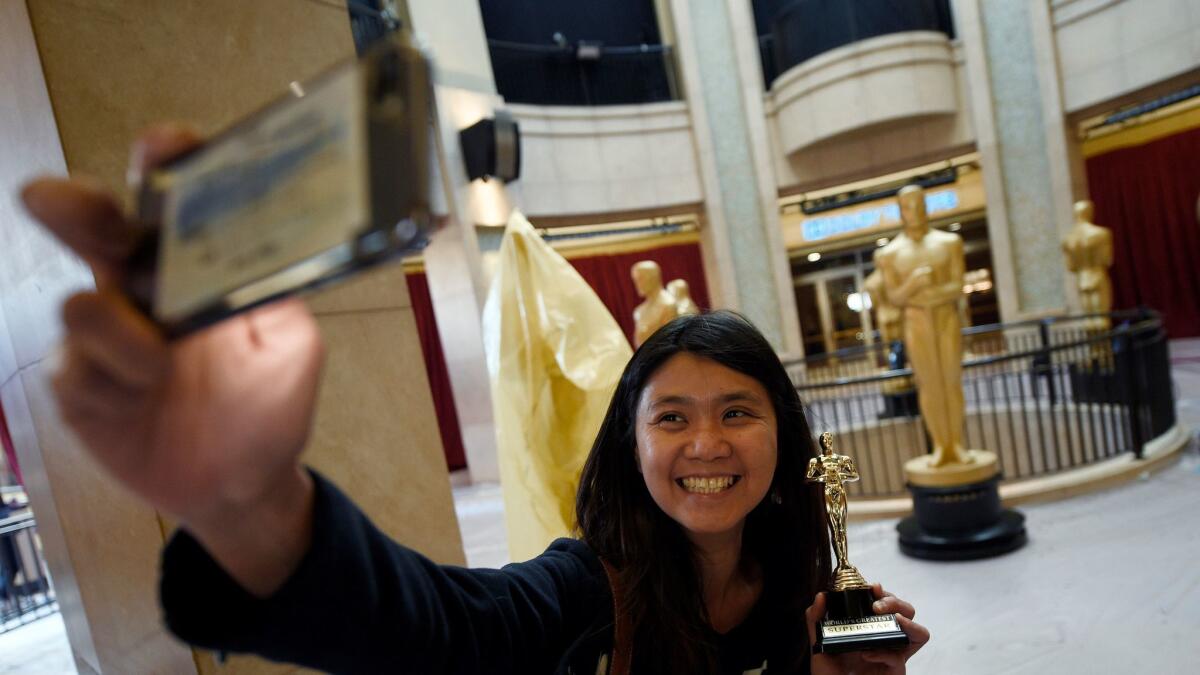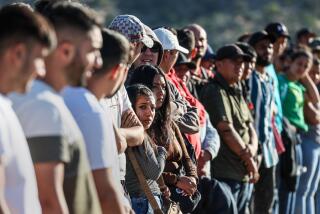Strong dollar, travel ban threaten California tourism, UCLA forecast says

Fewer people will visit California this year and next, depriving the state of $1.7 billion in spending, a new UCLA analysis finds.
A strong U.S. dollar, which makes U.S. products and services more expensive for foreign visitors, will lead to 5% fewer foreign visitors in 2017 and 1.1% fewer in 2018, according to the report, released Wednesday by the UCLA Anderson Forecast.
President Trump’s travel ban could deter even more potential tourists. The impact of the “friendliness of the U.S.” toward foreigners is hard to measure, and to forecast, the report said.
“It may be that it makes the U.S. a more adventurous place to be, but the increased difficulty of getting visas might just do the opposite,” wrote Jerry Nickelsburg, a UCLA economist.
In 2015, Mexicans made 7.8 million trips to California, Chinese made 1.1 million visits and Indians made 580,000, said the report, citing data from the Department of Commerce. In total, visitors spent $15.2 billion that year.
Over two years, $1.7 billion isn’t a huge loss to an economy that generates $2.5 trillion a year. But tourism buoys some of the industries that have created the most jobs since the recession ended in California.
Leisure and hospitality — meaning restaurants and hotels — will cut 12,000 jobs this year because of the drop in foreign tourists, the forecast predicts. That’s a third of all the jobs that sector created in 2016. Retail could ax 2,300 workers, the report said.
Californians will have to get used to slower growth in general over the next three years, UCLA economists predicted. The economy will add new jobs at a rate of 2.1% this year, they said, and the annual growth rate will eventually decline to 0.9% in 2019. That’s down from an average pace of about 2.3% job growth each year since 2012.
That forecast could become much worse, the report said, if Trump manages to quickly deport millions of workers who entered the U.S. illegally. Such workers make up a significant chunk of the labor force that supplies food in California. USC estimates that 45% of farmworkers in the state are undocumented, for example.
Removing large groups of those people could easily lead to “a significant reduction in production of food, in food processing, particularly the slaughter and preparation of meat products, in garment manufacturing and in residential construction,” Nickelsburg found.
Follow me @NatalieKitro on Twitter
More to Read
Inside the business of entertainment
The Wide Shot brings you news, analysis and insights on everything from streaming wars to production — and what it all means for the future.
You may occasionally receive promotional content from the Los Angeles Times.











